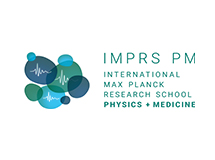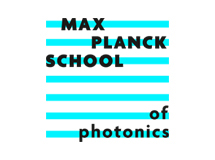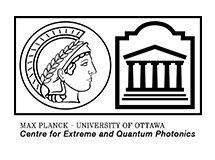Forschungsgruppe Kunst
Publikationen
2024
2023
2022
2021
2020
2019
Non-Hermitian systems and topology: A transfer-matrix perspective
Physical Review B 99(24) 245116 (2019) | Journal
suggested by editors
Non-Hermitian extensions of higher-order topological phases and their biorthogonal bulk-boundary correspondence
Physical Review B 99(8) 081302 (2019) | Journal
Extended Bloch theorem for topological lattice models with open boundaries
Physical Review B 99(8) 085427 (2019) | Journal
Boundaries of boundaries: A systematic approach to lattice models with solvable boundary states of arbitrary codimension
Physical Review B 99(8) 085426 (2019) | Journal
Symmetry-protected nodal phases in non-Hermitian systems
Physical Review B 99(4) 041406 (2019) | Journal
suggested by editors
2018
Biorthogonal Bulk-Boundary Correspondence in Non-Hermitian Systems
Physical Review Letters 121(2) 026808 (2018) | Journal
suggested by editors
Lattice models with exactly solvable topological hinge and corner states
Physical Review B 97(24) 241405 (2018) | Journal
Transversal magnetotransport in Weyl semimetals: Exact numerical approach
Physical Review B 97(6) 064203 (2018) | Journal
2017
Anatomy of topological surface states: Exact solutions from destructive interference on frustrated lattices
Physical Review B 96(8) 085443 (2017) | Journal
2015
Kekule versus hidden superconducting order in graphene-like systems: Competition and coexistence
Physical Review B 92(16) 165423 (2015) | Journal
Kontakt
Flore Kunst
Lise-Meitner-Forschungsgruppe
Max-Planck-Institut für die Physik des Lichts
Staudtstr. 2
D-91058 Erlangen





